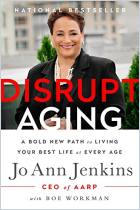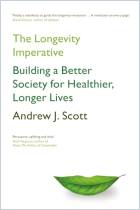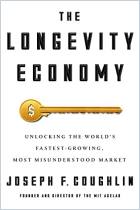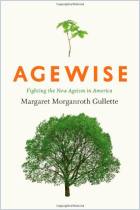
Live Long and Flounder
An Aging Expert on the Looming Crisis of Our Longer Lifespans
Recommendation
By 2030, one-fifth of all Americans will be older than 65, but few support structures are in place to help care for them. Salon senior writer Mary Elizabeth Williams discusses these questions with M.T. Connolly, author of The Measure of Our Age: Navigating Care, Safety, Money, and Meaning Later in Life. In this interview, published also on Medium, they discuss how ill-equipped the United States is to handle such a large population in need, the negative consequences of ageism, what American society should do and how older people can prepare to enjoy the rest of their lives.
Summary
About the Authors
Mary Elizabeth Williams is a senior writer for Salon. Her work has also appeared in The New York Times, The Nation and elsewhere.
















Comment on this summary or 开始讨论